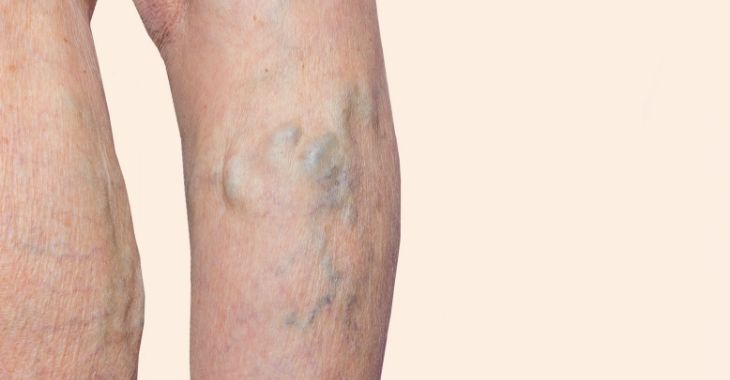Contact Dermatitis
It is a common occurrence for a patient to come into the dermatologist office with a red, itchy, crusty rash. While these patients are often extremely concerned that they have come down with a terrible illness or disease, they are often more surprised to find that they have what is known as contact dermatitis. One of the most common cause of contact dermatitis is exposure to nickel, typically found in costume jewelry.
Contact dermatitis is an inflammation that occurs when substances touch the skin and the result is a red, itchy rash. The rash is not contagious and it is not life-threatening, but for many people the rash can be incredibly uncomfortable. Common culprits (other than nickel) are soaps, fragrances, cosmetics, and plants such as poison oak and poison ivy. In order for a dermatologist to treat your rash successfully it is necessary to identify what caused your reaction.
Before your appointment, it will be very helpful to your doctor and to you if you will write down your symptoms. Make sure to include when they started and how long they have lasted. If possible, write down things that you have come into contact with that were out of the norm. Make notes of any new products that you have recently started using, as well as any substances that regularly come in contact with your skin (e.g. moisturizers, cosmetics, jewelry). Not all reactions are immediate. Some allergies remain dormant within a person’s system and flare up for no apparent reason after years of never having an issue with the new allergen. Make a list of all medications that you are currently taking, including vitamins and supplements, along with their dosages.
Your dermatologist will help you determine the cause of your allergic reaction if it is not obvious to you. In the mean time, you can try self-care measures at home such as anti-itch creams and wet compresses to help sooth your skin.
Posted on behalf of Medical Dermatology Specialists
The information provided on this website, including text, graphics, images, and other materials, is intended solely for informational purposes and should not be used as a substitute for professional medical advice, diagnosis, or treatment.


)